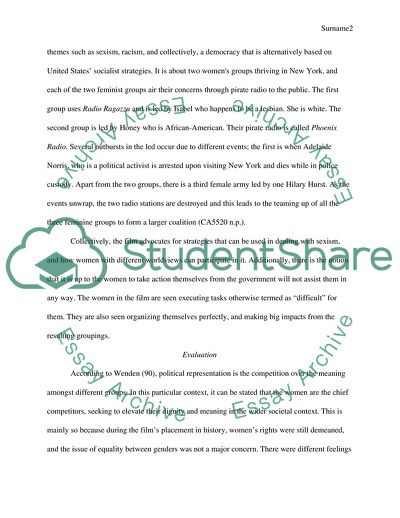Cite this document
(Born in Flames Movie Review Example | Topics and Well Written Essays - 2000 words, n.d.)
Born in Flames Movie Review Example | Topics and Well Written Essays - 2000 words. https://studentshare.org/visual-arts-film-studies/1833302-movie-analyze
Born in Flames Movie Review Example | Topics and Well Written Essays - 2000 words. https://studentshare.org/visual-arts-film-studies/1833302-movie-analyze
(Born in Flames Movie Review Example | Topics and Well Written Essays - 2000 Words)
Born in Flames Movie Review Example | Topics and Well Written Essays - 2000 Words. https://studentshare.org/visual-arts-film-studies/1833302-movie-analyze.
Born in Flames Movie Review Example | Topics and Well Written Essays - 2000 Words. https://studentshare.org/visual-arts-film-studies/1833302-movie-analyze.
“Born in Flames Movie Review Example | Topics and Well Written Essays - 2000 Words”. https://studentshare.org/visual-arts-film-studies/1833302-movie-analyze.


